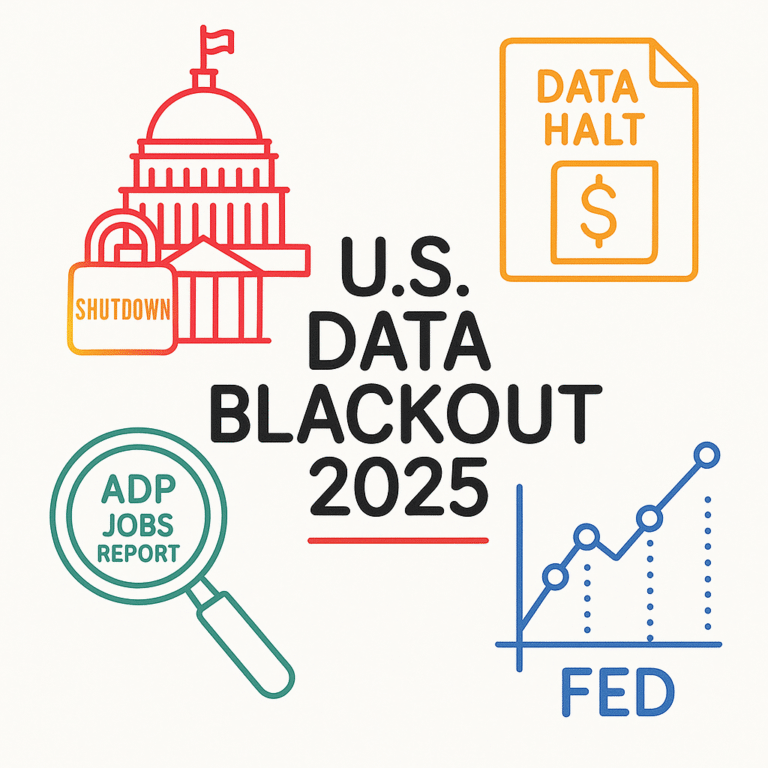AI Productivity Growth and U.S. Debt Reduction: Can Technology Ease America’s Fiscal Burden?
Explore how AI productivity growth and U.S. debt reduction are linked, and why a 0.5% annual productivity boost could lower the debt-to-GDP ratio from 156% to 113% by 2055.
Key Takeaways
The U.S. federal debt stands at about $36 trillion in 2025, roughly 100% of GDP. The Congressional Budget Office (CBO) projects that without intervention, this ratio will rise to 156% by 2055.
However, in a scenario where AI productivity growth consistently adds 0.5 percentage points to annual output, the debt-to-GDP ratio could stabilize at 113%, signaling a path toward U.S. debt reduction. This article unpacks the numbers, expert views, and policy implications.
Why AI Productivity Growth Could Reshape U.S. Debt Reduction Goals
CBO models show that without policy changes, rising entitlement spending and interest costs will push debt levels higher. In contrast, sustained AI productivity growth offers a chance to slow this trajectory, making U.S. debt reduction achievable by mid-century.
The Compounding Effect of a 0.5% Annual Productivity Boost
A steady 0.5 percentage point gain from AI compounds over decades, expanding GDP, increasing tax revenues, and reducing the debt ratio. This demonstrates how AI productivity growth and U.S. debt reduction can reinforce each other over time.
Expert Warnings on the Limits of AI’s Fiscal Impact
The Financial Times notes that AI adoption will vary widely, limiting predictable gains. Business Insider stresses that without energy infrastructure, data centers, and workforce reskilling, AI’s contribution to U.S. debt reduction will be constrained.
Balancing AI’s Fiscal Benefits and Potential Disruptions
AI can increase tax revenue, lower debt ratios, and boost GDP, but risks include labor market displacement, inequality, and uneven sectoral growth. Vanguard warns that if AI productivity growth underperforms, higher bond yields could undermine U.S. debt reduction efforts.
The Next 5–7 Years: AI Growth Versus Fiscal Risk
The next decade will likely see a tug-of-war between AI-driven growth and fiscal headwinds. To maximize AI productivity growth and U.S. debt reduction, policymakers must align AI adoption strategies with infrastructure, education reform, and social safety net expansion.
AI productivity growth and U.S. debt reduction are more than parallel goals—they are interconnected strategies for America’s fiscal future. Technology alone will not resolve debt challenges; it must be paired with proactive policy and societal readiness.
The time to act is now, before fiscal risks outweigh the potential gains from AI.







